Government Initiatives and Building Codes
The dynamic glazing market is influenced by government initiatives and evolving building codes that promote sustainable construction practices. Various states are implementing stricter energy codes that encourage the use of energy-efficient materials, including dynamic glazing. These regulations not only aim to reduce carbon footprints but also enhance the overall performance of buildings. For instance, the International Energy Conservation Code (IECC) has been updated to include provisions that support the integration of dynamic glazing technologies. As compliance with these codes becomes mandatory, the dynamic glazing market is likely to see increased adoption as builders and developers strive to meet regulatory requirements.
Urbanization and Infrastructure Development
The dynamic glazing market is propelled by ongoing urbanization and infrastructure development across the United States. As cities expand and new construction projects emerge, there is a growing need for innovative building materials that meet modern architectural demands. Dynamic glazing offers aesthetic appeal alongside functional benefits, making it an attractive option for architects and builders. The U.S. Census Bureau reports that urban areas are projected to grow by 13% by 2030, which could lead to increased construction activities. This trend suggests a favorable environment for the dynamic glazing market, as more developers seek to incorporate advanced glazing technologies into their projects.
Growing Demand for Energy-Efficient Buildings
The dynamic glazing market is significantly influenced by the increasing demand for energy-efficient buildings. As energy costs continue to rise, both consumers and businesses are seeking solutions that reduce energy consumption. Dynamic glazing offers a compelling solution by minimizing the need for artificial lighting and reducing heating and cooling costs. Reports suggest that buildings equipped with dynamic glazing can achieve energy savings of up to 30%. This trend is further supported by various state and federal initiatives aimed at promoting energy efficiency in construction. Consequently, the dynamic glazing market is poised for growth as more stakeholders recognize the long-term financial benefits of energy-efficient building practices.
Technological Advancements in Glazing Solutions
The dynamic glazing market is experiencing a surge due to rapid technological advancements in glazing solutions. Innovations such as electrochromic and thermochromic technologies are enhancing the functionality of windows, allowing them to adjust their tint based on environmental conditions. This adaptability not only improves energy efficiency but also enhances occupant comfort. According to recent data, the market for smart glass is projected to reach approximately $5 billion by 2026, indicating a robust growth trajectory. As these technologies become more accessible, the dynamic glazing market is likely to expand, driven by both residential and commercial sectors seeking to integrate advanced glazing solutions into their buildings.
Rising Awareness of Indoor Environmental Quality
The dynamic glazing market is benefiting from a heightened awareness of indoor environmental quality (IEQ). As occupants increasingly prioritize health and well-being, the demand for solutions that enhance natural light and reduce glare is on the rise. Dynamic glazing plays a crucial role in improving IEQ by allowing for optimal daylighting while minimizing heat gain. Studies indicate that improved IEQ can lead to increased productivity and reduced absenteeism in workplaces. This growing focus on health and comfort is likely to drive the adoption of dynamic glazing solutions across various sectors, including commercial, educational, and healthcare facilities, thereby bolstering the dynamic glazing market.


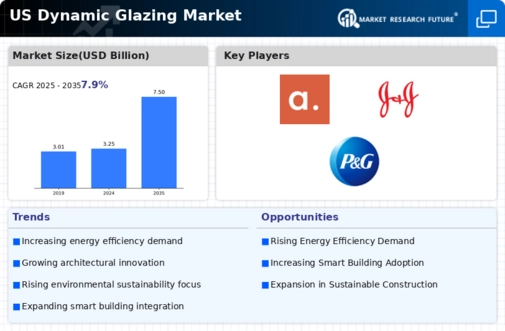
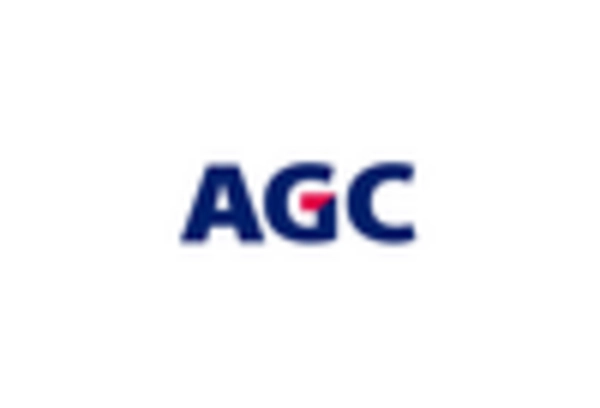
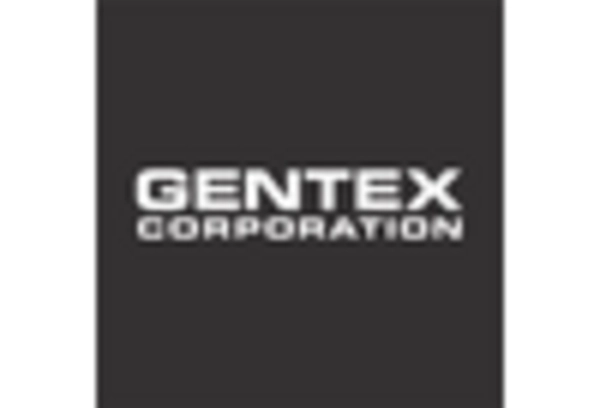
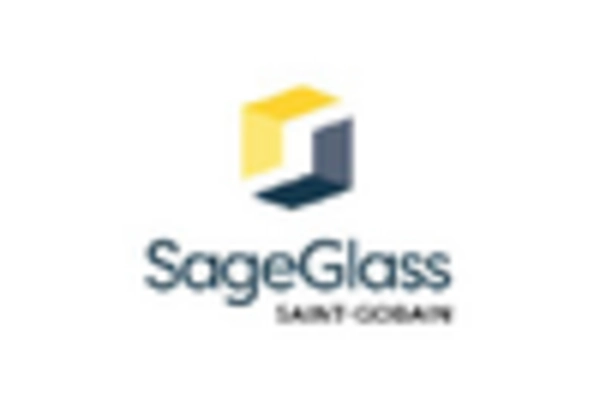


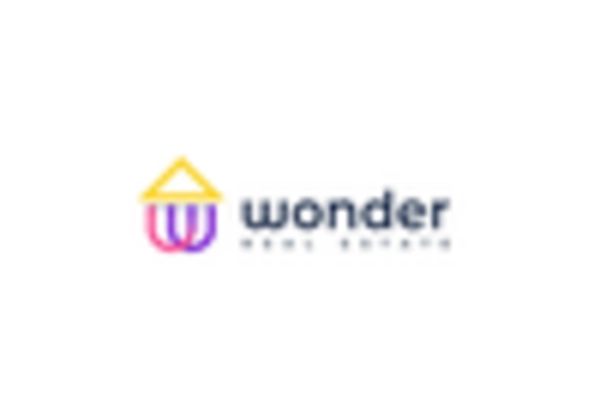








Leave a Comment